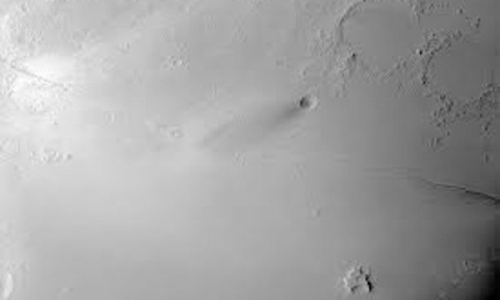'Last scary moment' over as UAE's Hope Probe to Mars transitions to science orbit
Agencies | Dubai
The Daily Tribune – www.newsofbahrain.com
The UAE's Hope Probe has commenced transition from its capture orbit to its science one, with the successful completion of a 510-second burn of its thrusters.
Barring the requirement for a minor course correction, the spacecraft is now in its final orbit of Mars and ready for its two-year science data-gathering phase – the core aim of the mission.
Omran Sharaf, Emirates Mars Mission (EMM) Project Director, said: “Although the Hope Probe is a huge achievement and a source of great national pride, its core objective, defined right from day one of this mission, is to build the first complete picture of Mars’ atmospheric dynamics.”
“The TSM (Transition to Science Manoeuvre) was critically important and I can say was the last truly scary moment for the mission because there was a very real risk of losing the spacecraft during this last burn. We’re now assessing the results of that burn, but I can say we are confident that we will not need a further large correction manoeuvre.”
The transition saw the Hope probe move from its 1,063 by 42,461 capture orbit to a 20,000 by 43,000 science orbit.
What next for the Emirati probe
The manoeuvre was the last scheduled ‘big burn’ in the spacecraft’s journey from its launch on July 20, 2020.
The science phase will commence on April 14 with several calibration and test runs that aim to establish a sound baseline for the accurate and efficient management of the measurements from the spacecraft’s three instruments. The mission’s two-year science data collection will formally commence on May 23, 2021, with data being made available globally in October.
“Once we have established our stable science orbit and deployed our instruments, we can start building datasets and testing our systems with the live data,” said Hessa Al Matroushi, EMM Science Lead. “This is the data we will be processing, formatting and sharing with the world’s science and academic communities openly through our website.”
Related Posts

